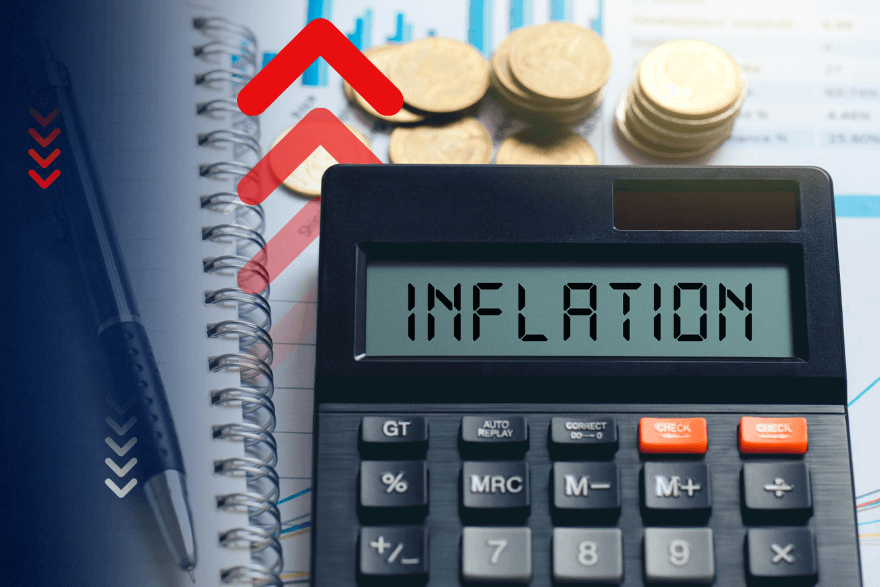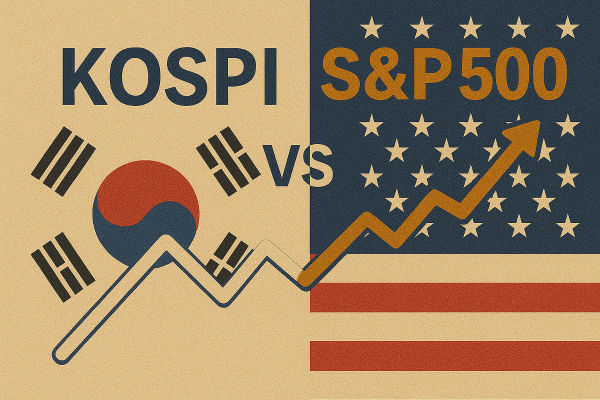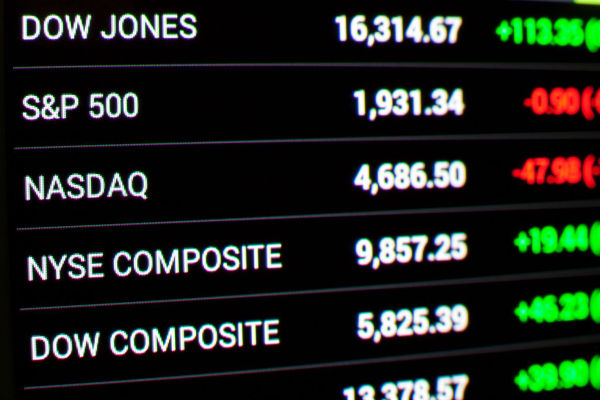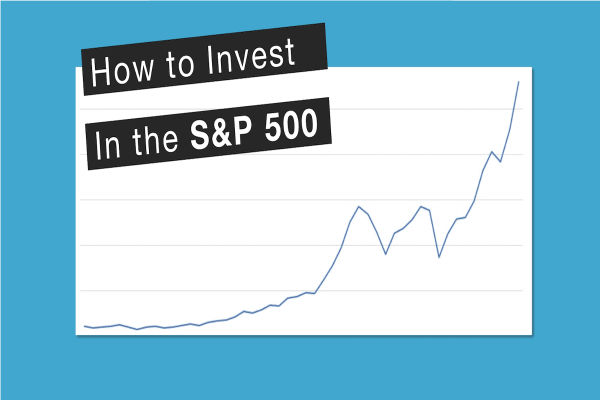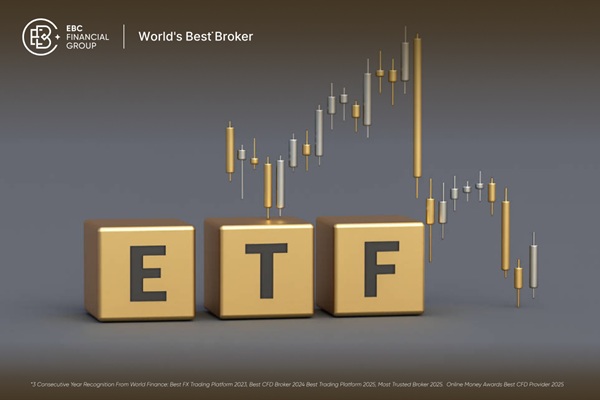What is S&P 500 Index?
The Standard & Poor's 500 Index is a stock market index compiled by
Standard & Poor's that includes the 500 largest listed companies in the
United States. This index is one of the most important indicators for measuring
the overall performance of the US stock market and is also one of the most
closely watched stock indices worldwide.
The calculation method of S&P 500 index is based on the principle of the
weighted arithmetic mean of market value. Specifically, it multiplies the market
value of each company by its stock price, then adds up the market values of all
companies, and finally divides by an adjustment factor to get a Weighted
arithmetic mean. This Weighted arithmetic mean is the value of the S&P 500
index.
In order to maintain the continuity and stability of the index, Standard
& Poor's will make regular adjustments. Specifically, it will adjust the
constituent stocks in the index based on market conditions and changes in the
company. If a company's market value changes significantly or a new company goes
public, Standard & Poor's will consider adding or removing it from the
index.
The calculation method and adjustment rules of the S&P 500 index enable
it to reflect the overall performance of the US stock market. Investors can
understand the trends in the US stock market by paying attention to the changes
in the index, thereby making more informed investment decisions.

The Calculation Formula for the S&P 500 Index
S&P 500 Index = Σ (Pi x Qi)/Divisor
Among them, Pi represents the stock price of the ith company, Qi represents
the number of outstanding shares of the ith company, and the divisor is an
adjustment factor to maintain the continuity and stability of the index.
Specifically, the calculation process is divided into the following
stEPS:
1. For each company, calculate its market value=stock price x number of
outstanding shares.
2. Add up the market values of all companies to obtain the total market
value.
3. Calculate the adjustment factor Divisor, which is calculated as:
Divisor=Total Market Value/Base Market Value.
Among them, Base Market Value is a benchmark market value, typically $1
billion. If the total market value is greater than the benchmark market value,
the Divisor will adjust accordingly to maintain the continuity and stability of
the index.
Finally, divide the total market value by the adjustment factor Divisor to
obtain the value of the S&P 500 Index.
It should be noted that the calculation method and adjustment rules of the
S&P 500 Index may vary depending on market conditions and company changes,
so the specific calculation formula may vary.












